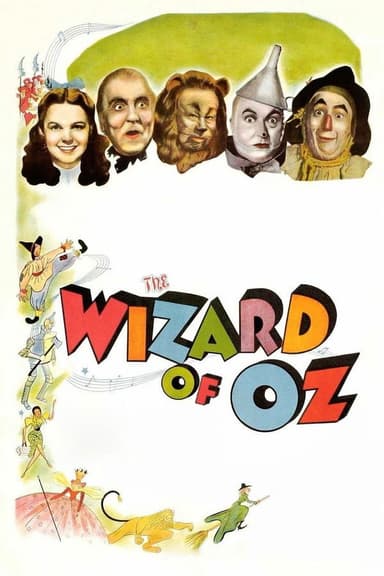
Ben-Hur
1959 • Adventure, Drama, History • G
In 26 AD, Judah Ben-Hur, a Jew in ancient Judea, opposes the occupying Roman empire. Falsely accused by a Roman childhood friend-turned-overlord of trying to kill the Roman governor, he is put into slavery and his mother and sister are taken away as prisoners.
Runtime: 3h 32m
Why you should read the novel
While the film adaptation of Ben-Hur is undoubtedly a cinematic masterpiece, reading Lew Wallace’s novel allows you to experience the full depth of its characters and themes. The book delves into Judah Ben-Hur’s inner struggles, offering greater insight into his transformation and spiritual journey that the movie only hints at. Wallace’s writing also provides richer historical context and vivid descriptions of ancient Judea, immersing you in a world that carefully blends fiction with real events.
The narrative structure of the novel is more expansive, enabling readers to savor the development of interpersonal relationships and philosophical undertones. The exploration of faith, forgiveness, and redemption is more nuanced, prompting you to reflect deeply on the moral dilemmas faced by the characters. Unlike the constraints of a film’s running time, the book leisurely unfolds, drawing you into the emotional and spiritual complexities that define Ben-Hur’s life.
By reading the novel, you gain direct access to the author's original vision and rich literary style. Wallace's tale is not just an epic adventure, but also a profound meditation on the intersection of personal destiny and the rise of Christianity. Whether you are a lover of historical fiction or spiritual narratives, ‘Ben-Hur: A Tale of the Christ’ promises an enriching, transformative experience beyond the silver screen.
Adaptation differences
One of the most notable differences is the emphasis on faith and the role of Jesus. While the novel features detailed explorations of spiritual themes and more frequent appearances by Jesus—both seen and referenced—the film adaptation minimizes direct depictions of Christ, portraying Him mostly from behind or silently, to create a sense of reverence and mystery. This shifts the focus in the film more toward the revenge plot and grand spectacles, rather than the faith journey that is central in the novel.
The character development in the novel is more in-depth, particularly for secondary characters such as Simonides, Iras, and Esther. The book gives Esther a more prominent and complex role, deeply involved in Judah’s spiritual awakening. In contrast, the film condenses character arcs and sometimes alters motivations or relationships to streamline the story and focus on key dramatic moments, especially the rivalry between Judah and Messala.
Settings and events are often modified or omitted for cinematic purposes. The novel covers a wider scope of Ben-Hur’s life, including his early years, background, and more historic and geographic detail, while the film opts for faster pacing and visual storytelling. Key episodes, like Ben-Hur’s experiences in Antioch and detailed involvement in the rise of early Christianity, are reduced or removed entirely in the film version.
Finally, the resolution of the story differs. The novel concludes with a stronger focus on spiritual reconciliation, Ben-Hur’s baptism, and his embrace of Christianity, emphasizing redemption through faith. The film, by contrast, closes on a more personal note of forgiveness and family reunion, using the crucifixion as a dramatic climax but not delving as extensively into the subsequent spread of Christianity and Ben-Hur's life post-revenge. These choices highlight how adaptation often shifts narrative priorities to suit the medium’s strengths and audiences’ expectations.
Ben-Hur inspired from
Ben-Hur: A Tale of the Christ
by Lew Wallace



